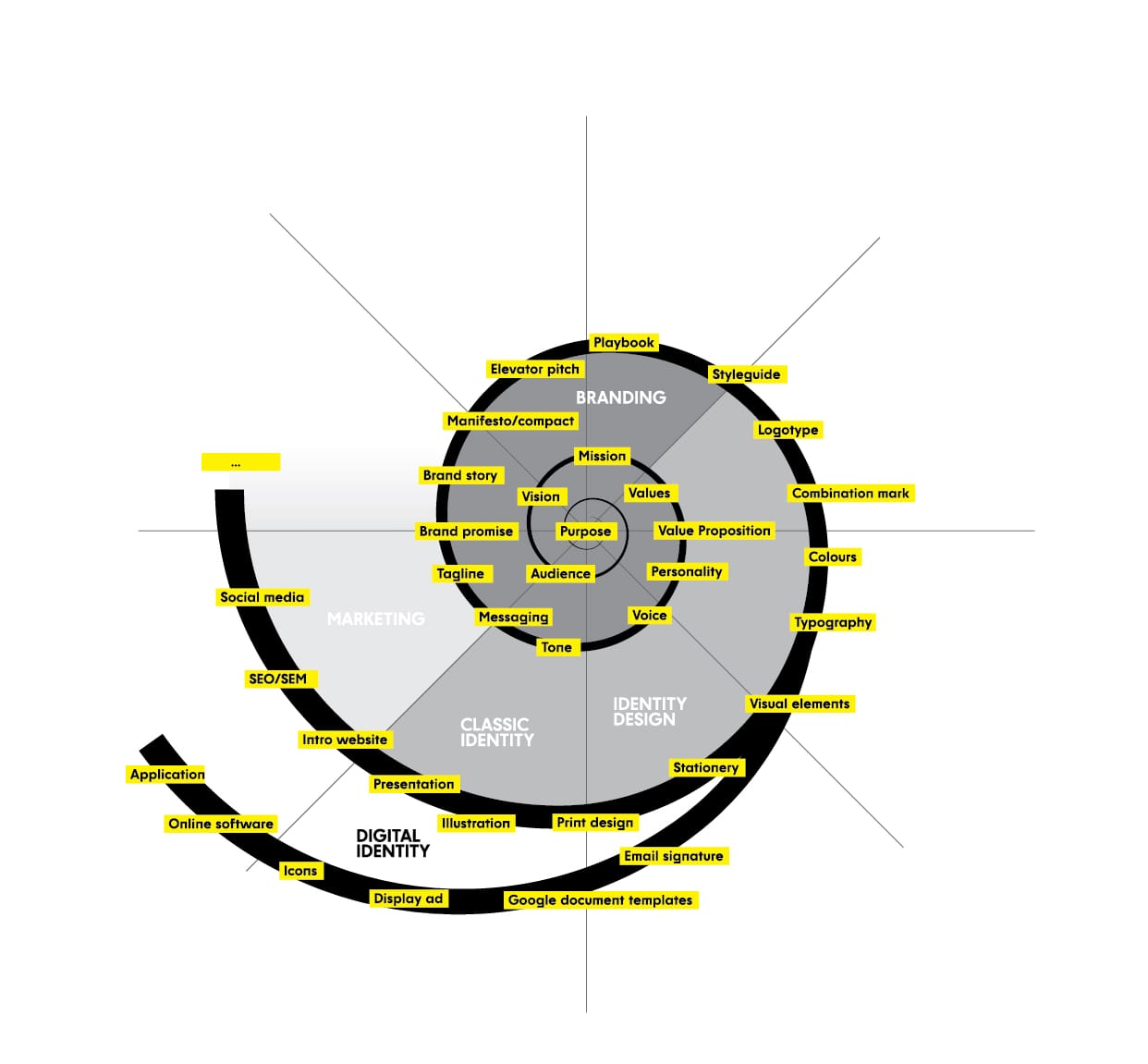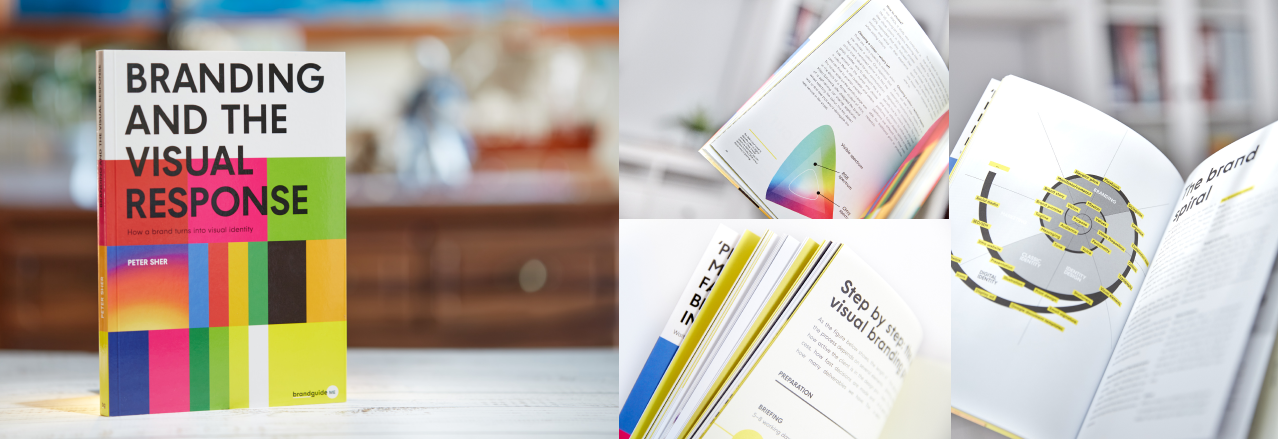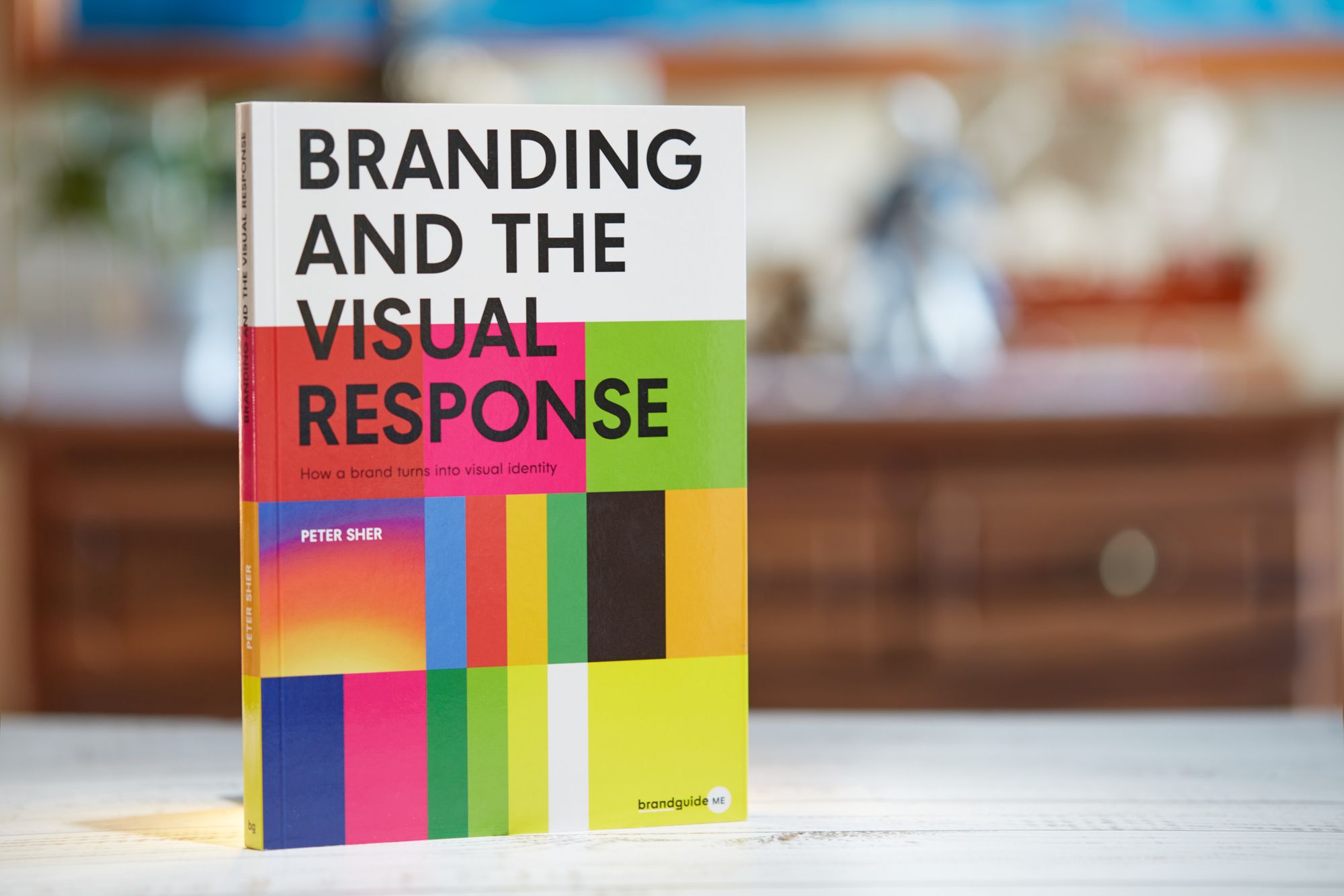The Brand Spiral™

I have been thinking a lot about how best to represent the branding process.
Many people think that branding starts (and sometimes ends) with the logo, but the reality is obviously different.
The visual aspect of branding is important, but in order to know what needs to be communicated visually, it doesn't hurt to look at the roots of the brand. To support this idea, the branding process is represented as a spiral, with the purpose as the starting point.
So, as said, the branding process can be seen as a spiral. Why is that? Surely you have seen fast motion videos about how plants grow. The brand is like this, too: a growing spiral. Plant leaves, DNA, swirls and organic growth often evolve in a spiral. And not just in any spiral, but spirals based on the Fibonacci sequence and the golden ratio.

Like a line segment, the spiral has a starting point and an endpoint, but unlike the segment, the spiral is curved around the starting point as it evolves. This is the distinct core on which the whole system is built.
I was thinking along these lines when I started to draw the brand spiral. Branding also has a core from which it can grow and develop organically.
The core and inner layers of the spiral are the fundamentals of the brand, the brand core, and as you move towards the outer layers, the focus is more and more on how the brand appears visually.
Phases and steps of the brand spiral
I divided the spiral into 3 main phases: branding – visual branding/visual language – marketing. These are clearly separated in the figure, but in real life the dividing lines are not this obvious, but rather blurred. Let’s start from the core and move outwards.

How a brand turns into visual identity
Ready to elevate your design strategy? Get this must-have book in ebook or print format. Packed with practical advice, it’s your roadmap to becoming an elite designer who thinks strategically and builds unforgettable brands.
The branding phase
Purpose
An activity is good and useful if it has a purpose, a goal. This applies to brands as well: from the very first moment they must have a goal they want to achieve.
Target audience
Who would you like to sell your products or services to? What do your customers want, what do they desire? What are the pain points they want a solution for? It is important that you should start your research with the target group, because the brand speaks to the people, it wants to influence them, it wants to create communities and tribes.
Vision/mission
Without goals there is no development. Long term goals define communication and affect every element of the brand, so while short term goals are important, here you should also consider your long term goals—what it is you want to achieve in the long run. In the brand sprint, for example, you must outline your 20-year roadmap.
Values
Without values, it is difficult to decide how to progress towards your vision and goals. Ideally the values are honest and stem from the brand itself, from the brand’s core and are not just a facade.
Personality
Brands, of course, have a personality, just like people do. The personality is the sum total of the brand’s characteristics and it speaks to the target audience. You choose your own friends—similarly, you can choose the brands that you feel close to your heart.
Voice/Tone
The dominant communication style of the brand is rooted in its personality. It determines what words are used (specialist terminology or everyday vocabulary), how formal or informal it is and what the overall communication style is like (funny, serious, corporate, etc.).
Message
The core of communication is to deliver the brand’s message, a short piece of information to the target audience. Communication is a multi-layered activity where every
layer plays a role in getting the message across.
Value proposition
The value proposition is an outgoing message, in which you provide solutions to your target audience’s problems along the values and goals of your brand.
Slogan
The slogan is the essence of your key message, it is like the logo to the visual identity: it is the tip of the communication iceberg.
Brand history, manifesto
Everyone has a story that reveals why they do what they do. Of course not every story needs to be told, but if it is inspiring and captivating, please tell it.
Elevator pitch
Tell your audience who you are and what you want as briefly as possible. Ideally, you can introduce your brand and have an effect on your audience over the course of a 30-second elevator ride.
Playbook
The communication of the brand must be unified and consistent at all times. A playbook with the roots and fundamentals of the brand is very useful. Nowadays these are in a digital format and the steps described above are recorded in the various sections.
The visual phase
Style guide
A style guide is similar to the playbook inasmuch as its aim is to maintain unity and consistency, but it records the visual features of the brand.
Logotype/combination mark
This is the king of visual language, the tip of the iceberg, this is what makes the brand unique. It is the most important element, yet it isn’t. What is a logo without a brand? It makes you different, but it doesn’t tell a story. It implies certain values, but it doesn’t tell them clearly. It reaches out, but it doesn’t start a conversation. The logo is important, but it is not everything.
Colours
Colours are another key distinctive element that help you in your communication as well, as they trigger emotions. Some brands appropriate certain colours (e.g. Telekom - magenta), some use only one colour and others want to use them all.
Typography
You can choose from countless typefaces and new ones become available every day. There is no limit to variety, and even though most people are not consciously aware of this, the letterforms and visual details of the fonts also communicate and convey messages.
Marketing phase
From this point on, the steps cannot be clearly distinguished, visual identity plays a different role and is used on different platforms with every brand. The spiral branches off, one branch consists of the traditional platforms of visual identity, the other consists of digital platforms.
The two branches then reach the marketing zone, where both the digital and the traditional elements become part of the complex system of marketing— which can be online, where SEO (search engine optimisation) and SEM (search engine marketing) are becoming increasingly important, offline or a combination of the two.
The spiral shows nicely that you must pay attention to the fundamentals. The fundamentals of branding provide answers to questions that arise later, during visual branding and marketing. If you take the time and follow the steps of the spiral with your project or brand, you will surely benefit from it.
If you would like deepdive into the topic, check out our latest branding book.
If you want to use Brand Sprint, visit our resources page, it provides you a free PDF guide to learn it—and perhaps use it in your next project, adding value to your services, or by our book which is a step by step guide to branding 👇

How a brand turns into visual identity
Ready to elevate your design strategy? Get this must-have book in ebook or print format. Packed with practical advice, it’s your roadmap to becoming an elite designer who thinks strategically and builds unforgettable brands.
